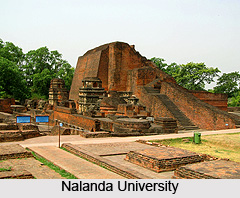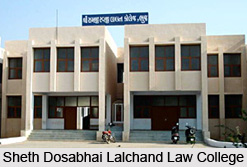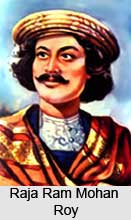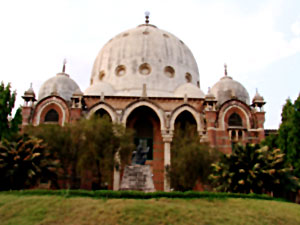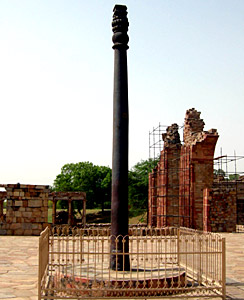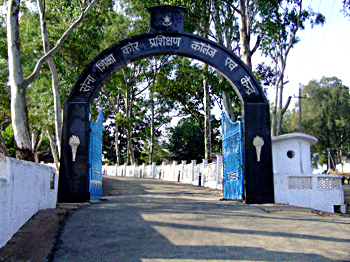Medieval period witnessed a radical transformation in the Indian subcontinent. The country was invaded by various foreign rulers and several traders from around the world came and settled in the country. The tradesmen and the invaders brought with them their own cultures and intermingled with the people of the each district of the state. Besides, religion, society and culture, Education in medieval India also experienced a new perspective. The Mughal rulers came to India and established their rule. In the 11th century the Muslims established elementary and secondary schools. Furthermore, this led to the commencement of universities at cities like Delhi, Lucknow and Allahabad. Education developed with a fresh aspect during that period as there was an excellent interaction between Indian and Islamic traditions in all fields of knowledge like theology, religion, philosophy, fine arts, painting, architecture, mathematics, medicine and astronomy.
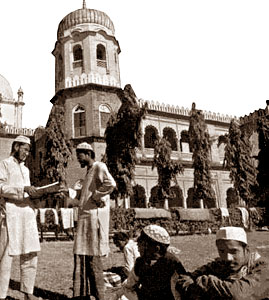 However, before the advent of the Muslims in India, there was a developed system of education, but Education in medieval India was shaped with the founding of the institutions of learning. Muslim rulers promoted urban education by bestowing libraries and literary societies. They founded primary schools (maktabs) in which students learned reading, writing, and basic Islamic prayers, and secondary schools (madrasas) to teach advanced language skills In India. Several Madrasahs were set up by Sultans, nobles, and their influential ladies. The main objective of these Madrasahs was to train and educate scholar who would become eligible for the civil service as well as performing duties as judge. Iltutmish was the first ruler to establish a Madrasahs at Delhi during the medieval rule. Gradually many Madrasahs came into being.
However, before the advent of the Muslims in India, there was a developed system of education, but Education in medieval India was shaped with the founding of the institutions of learning. Muslim rulers promoted urban education by bestowing libraries and literary societies. They founded primary schools (maktabs) in which students learned reading, writing, and basic Islamic prayers, and secondary schools (madrasas) to teach advanced language skills In India. Several Madrasahs were set up by Sultans, nobles, and their influential ladies. The main objective of these Madrasahs was to train and educate scholar who would become eligible for the civil service as well as performing duties as judge. Iltutmish was the first ruler to establish a Madrasahs at Delhi during the medieval rule. Gradually many Madrasahs came into being.
The system of Education in medieval India was under the control of Ulama who were in favour of curriculum as laid down by Akbar. During those days education was related to religious training. However, various subjects such as medicine, Arabic literature, grammar and philosophy were also taught. History states that Arab and Central Asian peoples brought Muslim educational models to the India in both the medieval and early modern periods. Women education in India during the medieval period was prevalent.
Muslim girls of affluent families studied at home and moreover, as Persian was the court language of the period, elite boys could attend Persian schools to learn literature, history, ethics, law, administration.
Education in medieval India flourished mostly during the Mughal rule from the beginning of 1526 until the end of Mughal political presence in 1848. In the later medieval era, the British came to India and introduced English education. With the coming of the European missionaries, Western education made firm advances in the country. Various universities and thousands of colleges got affiliated and popularity of education increased in the medieval period.
